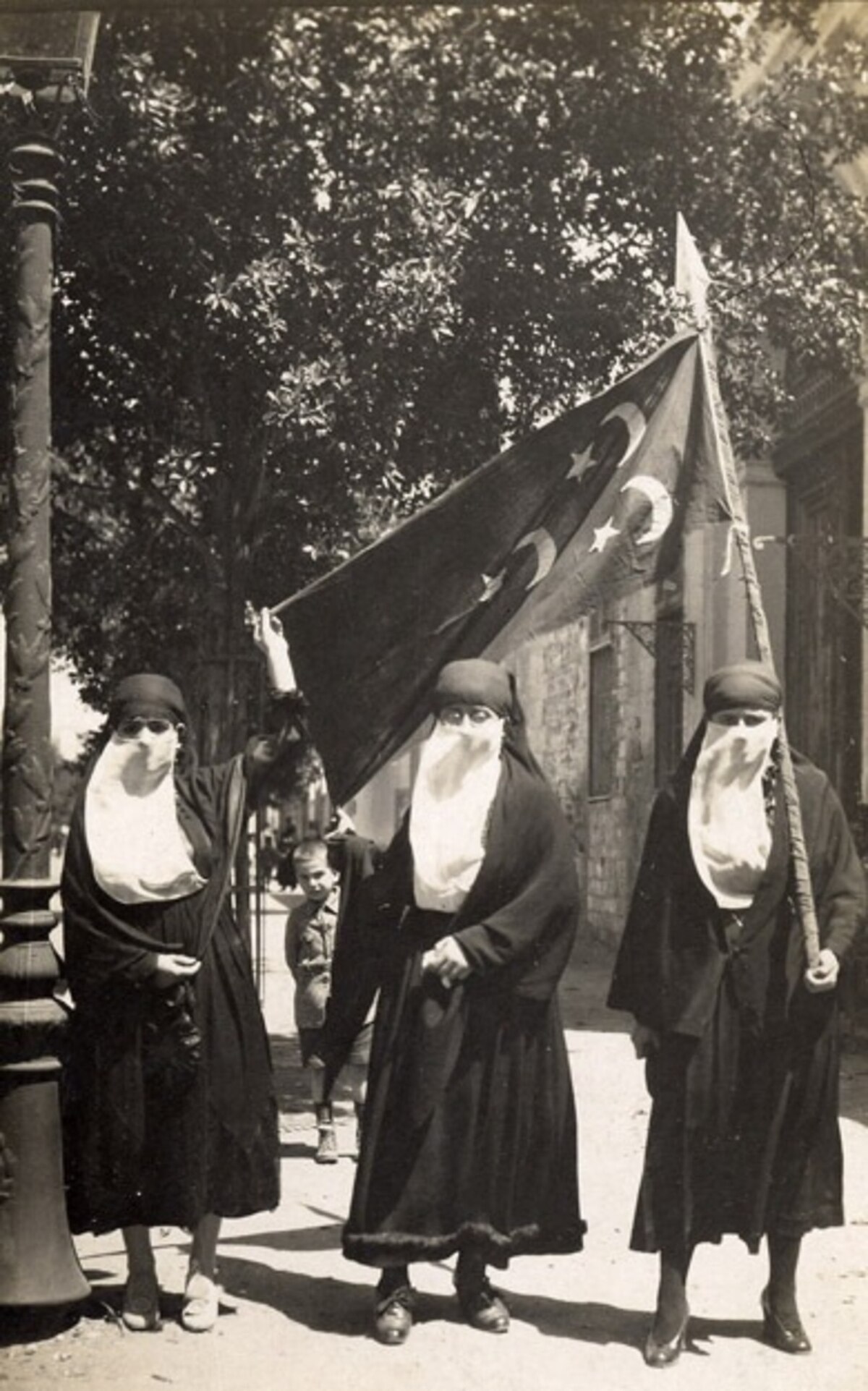
1919 Egyptian Revolution
EgyptFrom the 1500s, Egypt, under nominal Ottoman control, gained considerable autonomy, especially after Muhammad Ali's rise to power (1803-1807), which greatly reduced Ottoman influence. Post the 1882 Anglo-Egyptian War and British occupation, Egypt's Khedive remained the official ruler under the Ottoman Sultan, but real power was held by the British Consul-General.[114]
Muhammad Ali's reign saw significant industrialization and secularization in Egypt, including a literacy expansion among women, fostering a feminist movement that significantly contributed to the 1919 Revolution.[115] The Caucasus Campaign in World War I led Britain to declare martial law in Egypt and assume the war's burdens. On December 14, 1914, the British elevated Egypt from a Khedivate to a Sultanate, establishing a British protectorate and ending the legal fiction of Ottoman sovereignty.[114]
Before WWI, Egyptian nationalism was confined to the educated elite. The British attempt to create a Legislative Assembly for Egyptians was thwarted by the war. Discontent with Sultan Fuad I's rule grew due to his rejection of reforms and acceptance of the British protectorate.[116] Economic hardships, neglect of Islamic religious practices, and substantial requisitioning of Egyptian resources by the British for the war effort further fueled dissatisfaction.[116] The British government requisitioned an incredible amount of money from the Egyptian treasury to support war efforts to a total of 3.5 million pound sterling.[116]
British conscription of over 1.5 million Egyptians into the Labour Corps, often under harsh conditions, exacerbated the unrest. This, along with the extensive use of Egyptian resources and the influence of Allied promises like Wilson's "Fourteen Points", inspired expectations of self-governance.[117]
After WWI, a delegation led by Saad Zaghlul sought to end the British Protectorate and gain representation at the Paris Peace Conference, signaling a movement for full independence.[118] Zaghlul's Wafd Party, advocating for Egyptian and Sudanese independence, gained massive grassroots support.[119] The British, fearing unrest, arrested and exiled Zaghlul to Malta in March 1919, leading to widespread violent demonstrations.[120]
The Egyptian Expeditionary Force, the British army in the region, engaged in mass repression to restore order.[121] The initial response to the revolution was by the Egyptian police force in Cairo, although control was handed off to Major-General H. D. Watson and his military forces in the city within a few days.[121] By 25 July 1919, 800 Egyptians were dead, and 1,600 others were wounded.[122]
Despite Zaghlul's release in April 1919 and his return to Egypt, British suppression of demonstrations continued.[123] The Milner Commission, sent by the British government in December 1919, concluded in 1921 that the protectorate status was unsatisfactory.[124] The revolts forced London to later issue a unilateral declaration of Egyptian independence on 28 February 1922.[125]
Egypt's independence, proclaimed by Fuad I, was nominal, limited by British control over certain areas, and excluded Sudan.[[126] The Wafd Party's 1923 constitution and Zaghlul's return and election as Prime Minister in 1924 marked progress, but British influence remained.[116] The 1919 revolution, although not fully achieving its goals, was a pivotal step towards Egyptian self-determination, setting the stage for further developments, including the 1952 revolution.
